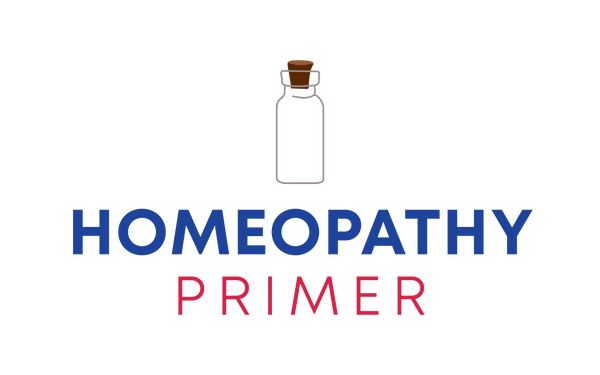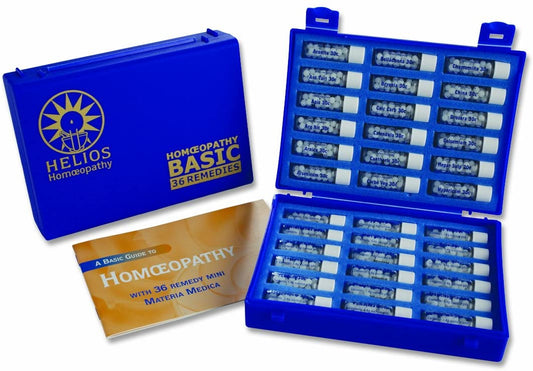Arnica montana, commonly known as wolf's bane or mountain arnica, is a flowering plant recognized for its bright yellow flowers. Many homeopaths agree that Arnica seems to be the gateway drug into homeopathy as many seem to find this remedy first and experience it's positive effects creating a curiosity to learn more.
Some Common Symptoms Helped by Arnica
Historically, Arnica has been used in folk medicine to treat a variety of ailments. Here are some of the key uses of Arnica montana:
1. Pain Relief and Anti-inflammatory
Arnica is renowned for its ability to reduce pain and inflammation. It is commonly used to alleviate:
- Muscle soreness: Ideal for athletes and those engaged in physical labor, Arnica can help reduce muscle pain and stiffness.
- Joint pain: It provides relief from arthritis and other joint-related discomforts.
- Bruises and sprains: Arnica is also often applied topically to speed up the healing process and reduce swelling.
2. Wound Healing
Arnica is frequently used to promote the healing of minor wounds, cuts, and abrasions. Its anti-inflammatory and antimicrobial properties help prevent infection and accelerate recovery.
3. Post-Surgical Care
Surgeons and patients alike often turn to Arnica to minimize post-operative bruising and swelling. It can be applied topically or taken in homeopathic form to support the healing process.
How to Use Arnica Montana
Arnica montana is available in various forms, including creams, gels, ointments, and homeopathic pellets. Here are some guidelines for its use:
- Topical applications: Apply Arnica cream, gel, or ointment directly to the affected area 2-3 times a day. Avoid applying it to broken skin.
- Homeopathic remedies: Arnica is often taken in the form of small pellets dissolved under the tongue.
Dosage and Administration
For the purposes of this blog and one's education using our Homeopathy Primer book, we are advocating getting homeopathic remedies in 30c potency or lower (usually 6c or 12c). Higher potencies should only be taken if recommended by an experienced homeopath.
As you learn more about homeopathic remedies, you will know that it is important to give one dose of a remedy, then observe and evaluate. If the person is extremely uncomfortable, you might need to give the remedy more frequently at first and then slow down or stop once the person is feeling better. Please refer to the dosing suggestions in Chapter 2 on Taking the Case and Giving the Remedy.
Where can I find other uses for Arnica in the Homeopathy Primer book?
Every remedy mentioned in the Homeopathy Primer book is referenced in our comprehensive index. See Arnica on page 355.




